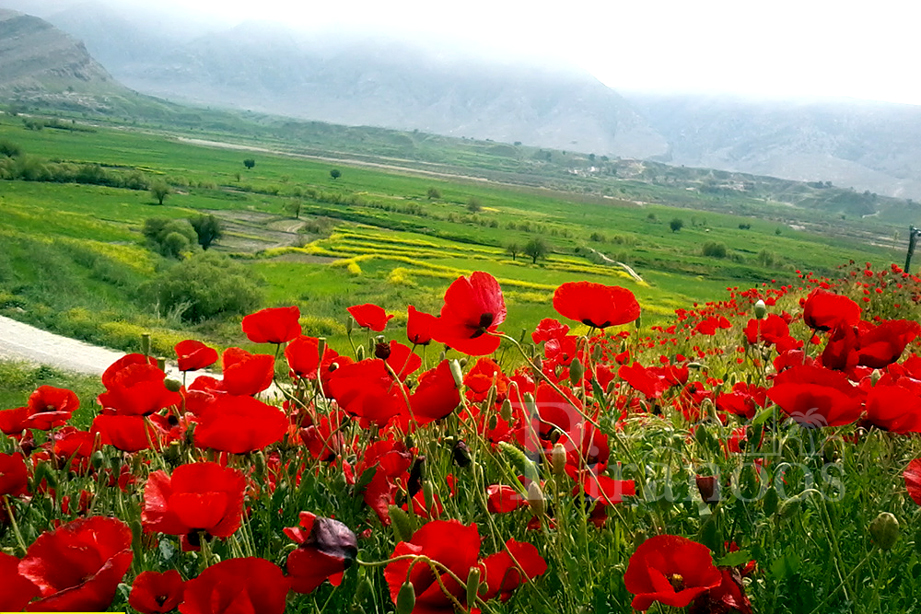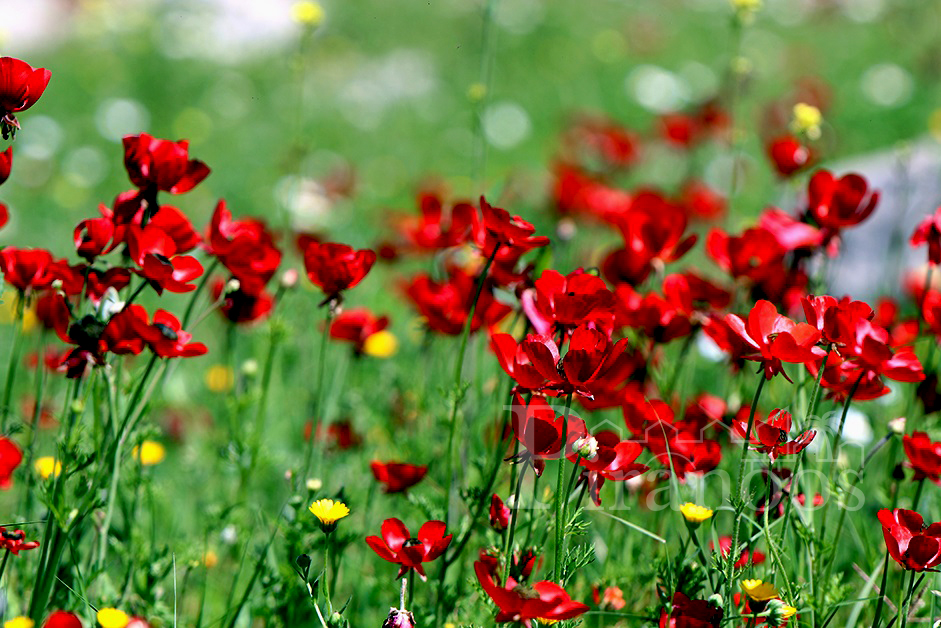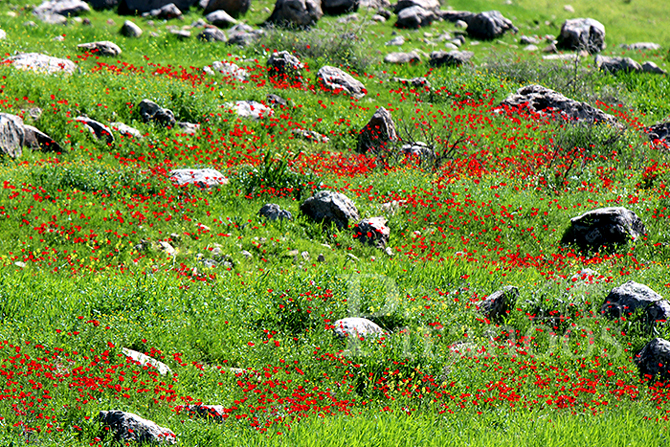Dashteh Susan (the Lily Plain) with stunning natural beauty is located 37 kilometers from Izeh City in Khuzestan province. An enchanting and dreamy plain that fascinates nature lovers especially in the spring with its stunning beauty and unmatched charm.
Dashteh Susan is the name of a vast area with many villages. The fertile soil, proper water and suitable climate have provided all the conditions for the cultivation and gardening in this area. In fact, the plain has fertile soil thanks to the Karun River crossing through it. The natural and charming beauty of this plain in Izeh is complemented by the magnificent and valuable ancient monuments such as the ancient hills, the reliefs and the Bard- e Gouriha.

Reaching this beautiful area requires crossing the Izeh exit road. After crossing the exit road, you will see a two-way lane. The right path reaches the Lily Plain and the left one reaches the Golzar area and Imamzadeh Sultan Ibrahim near the lake of Shahid Abbaspour.
The best time to visit this plain would be from February to May (especially April) and camping around Karun River or the non-private area around the villages in this is recommended.
Izeh is one of the spectacular cities and tourist attractions of Khuzestan dating back to 4000 years ago, and most of its fame is due to its beautiful nature and ancient reliefs and the stone and rock carvings.
Certainly Dashteh Susan (the Lily Plain) of Khuzestan is not the end of your visit to Izeh City.

In addition to its pristine and elegant nature, you can also see ancient hills and tombstones symbolizing the courage of Bakhtiari’s men, called the Gouri Bard or the Bard- e Gouriha. The existence of such ancient crypts and historical monuments in this plain indicates that the Khosestan Susan Plain was an important path for communication between other parts of the country, including Chaharmahal and Bakhtiari and Isfahan to Dehdez. Next to the Karun River, there is a paved road that was probably linked to the Shush Valley Road and was a connection bridge between Persepolis and the Shush Valley.

The reliefs of the Bard-e Gouri in the Susan Plain are about 15 km north of the Saeedi Road village and 40 km north of Izeh in Khuzestan province. This ancient yet amazing relief is about 200 meters away from the Dez crypt. There are two crypts in this Bard-e Gouri, each with a fascinating relief. One of the reliefs at the top of the entrance to the crypt is the image of the god with a ring and the king lying on a throne. His clothing details are very similar to Ardavan V’s relief on the Shush stone stele.
The temple of Tarisha or Eshkaft Salman contains the largest cuneiform stone script of New Elam era. The Eshkaft Salman is located in the south of Izeh, and includes four Elamite reliefs and also the remnants of a monument from the Atabakan era. Eshkaft Salman Cave is the temple of Trisha who was one of the Elamite ancient gods. There are four reliefs in the Eshkaft Salman of Izeh, two inside the cave and two outside the cave. The largest cuneiform stone inscription and relief from the Elamite period is in this cave, dating from the time of the ancient Elamite King (Hani), the local King of Ayapir or Ayatom with his wife (Queen Amatna) and his minister (Shutrou0. For the first time, the presence of a woman next to a man is seen in a relief of this cave and this shows the value of women at that time and their role in ancient society and Iran.
Apart from the reliefs in temple of Tarisha, the mineral springs have added to the beauty of the area in Izeh.